Lapsang Sounchong guide
Everything you need to know about Lapsang Souchong tea
Overview
What is Lapsang Souchong tea?
Lapsang Souchong is a distinctive black tea from the Wuyi Mountains in China's Fujian province. Renowned for its bold, smoky flavor, it is made by drying tea leaves over pinewood fires, which imparts its signature aroma and taste. The tea is often described as having notes of pine, woodsmoke, and sometimes hints of dried fruit or spice.

History
History of Lapsang Souchong tea
Lapsang Souchong, known in China as Zheng Shan Xiao Zhong (正山小种), originated in the Wuyi Mountains of Fujian Province, a region celebrated for its tea-making heritage. It is widely regarded as the first black tea in history, with its creation dating back over 400 years to the late Ming or early Qing Dynasty. The tea’s birthplace is Tongmu Village, a remote area surrounded by pine forests, which played a crucial role in its signature production method.According to the most popular tale, during the 17th century, military unrest disrupted the annual tea harvest in Tongmu. Soldiers—either from the Qing army during the Manchu unification campaign or later conflicts like the Taiping Rebellion—occupied the village, forcing farmers to hastily process their freshly plucked tea leaves to prevent spoilage.To speed up drying, villagers used abundant local pinewood to smoke the leaves over open fires. This emergency method resulted in a fully oxidized, dark tea with a bold, smoky aroma. While the farmers initially thought the tea was ruined, Dutch traders passing through the region were captivated by the unique flavor and began purchasing it for export to Europe.The Dutch East India Company was among the first to export Lapsang Souchong to Europe in the early 17th century. The tea’s smoky profile and excellent preservation during long sea voyages helped it gain popularity abroad. It soon became a favorite among European aristocrats and was even included in the tea shipments destroyed during the Boston Tea Party.
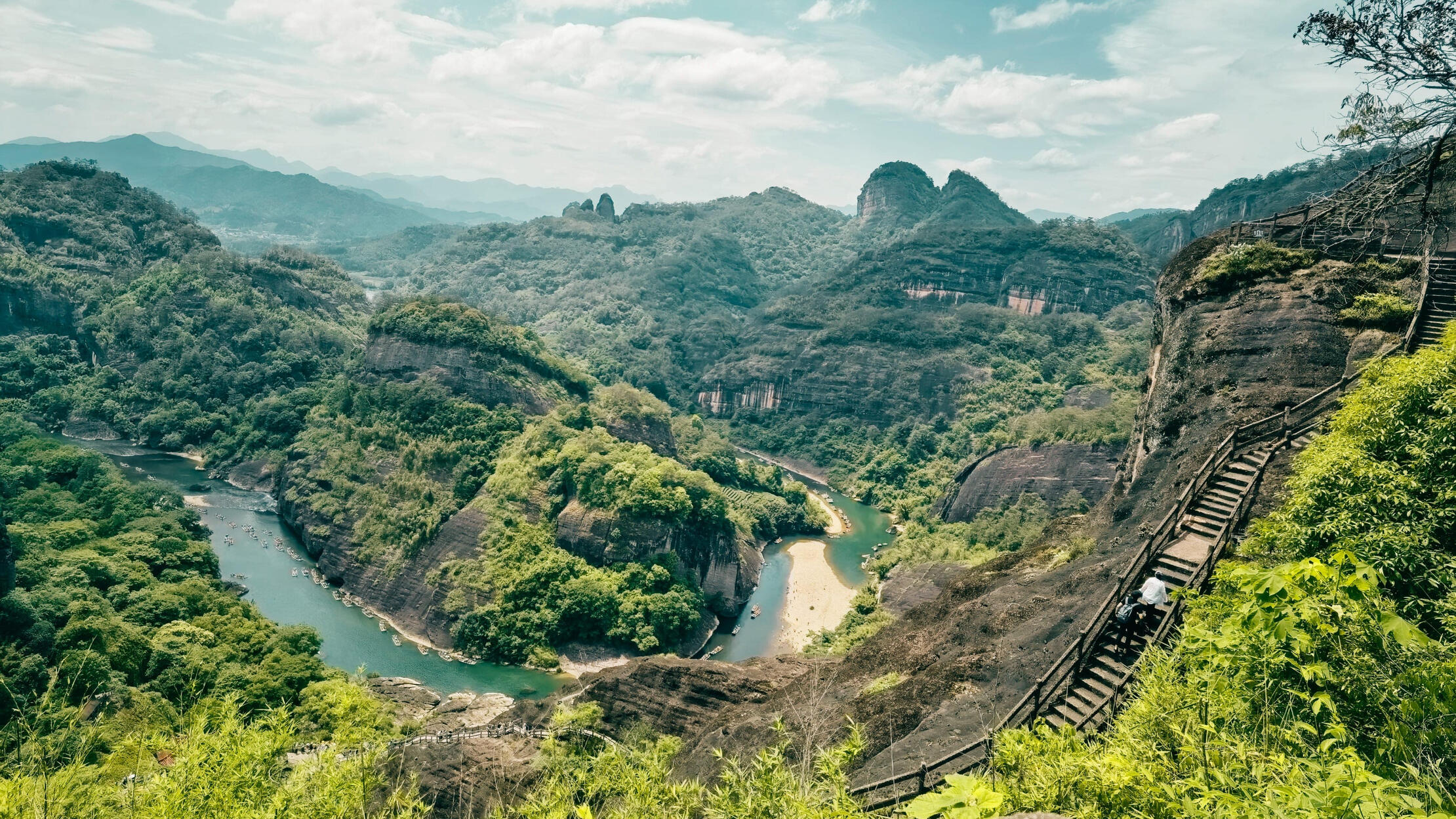
Purchase
Where to buy quality Lapsang Souchong tea?
| Retailer | Quality | Price | Region | Website |
|---|---|---|---|---|
| Rare Tea Company | Exceptional | High | Europe/UK | Visit |
| Tea Repertoire | Exceptional | High | Europe | Visit |
| Fortnum & Mason | Exceptional | High | UK/Global | Visit |
| Mei Leaf | Exceptional | Moderate–High | Europe/UK | Visit |
| Postcard Teas | Very High | High | Europe | Visit |
| Lapsangstore | High | Moderate | China/Global | Visit |
| Ku Cha House of Tea | Very Good | Moderate | USA | Visit |
| Sancha Tea | Very Good | Moderate | India/Global | Visit |
| Tea People | Very Good | Moderate | UK | Visit |
| TeaVivre | Very Good | Moderate | China/USA | Visit |
| Teaism | Very Good | Moderate | USA | Visit |
| The Tao of Tea | Very Good | Moderate | USA | Visit |
| The Tea Makers of London | Very Good | Moderate | UK | Visit |
| Upton Tea | Very Good | Moderate | USA | Visit |
| Teasenz | Very Good | Moderate | China/EU | Visit |
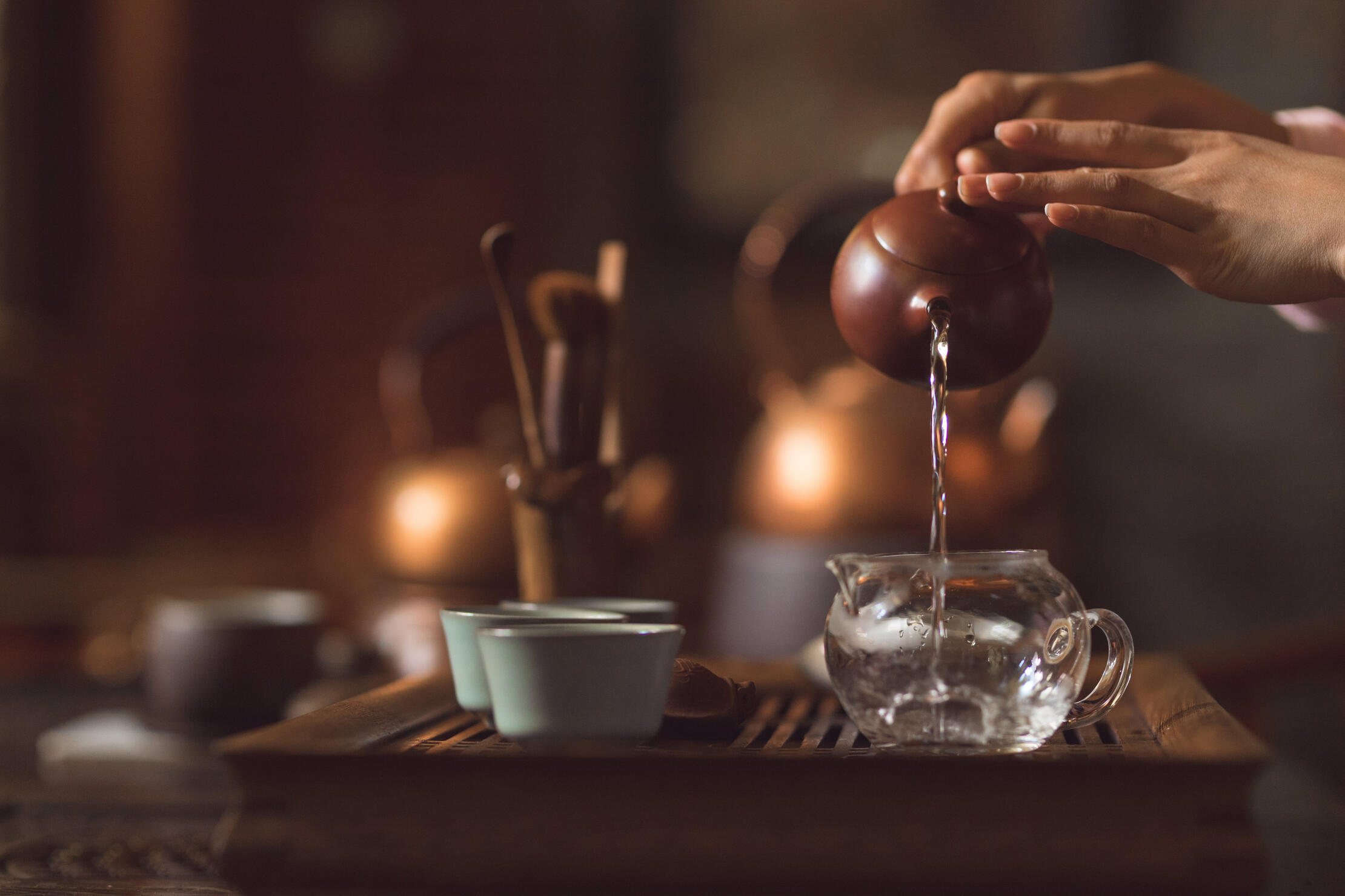
Know good retailers for quality Lapsang Souchong tea?
Health Benefits
What are the health benefits of Lapsang Souchong tea?
Rich in antioxidants. Lapsang Souchong is packed with polyphenols—especially thearubigins, theaflavins, and catechins—which act as powerful antioxidants. These compounds help neutralize free radicals, reducing oxidative stress and protecting your cells from DNA damage.
Supports heart health. Regular consumption of black tea, including Lapsang Souchong, has been linked to improved cardiovascular health. The flavonoids in the tea can help lower LDL (bad) cholesterol, reduce blood pressure, and improve blood vessel function.
Boosts immune system. The antioxidants and tannins in Lapsang Souchong help strengthen the immune system. These compounds support your body’s defenses against infections, such as the common cold and flu, and may help protect against more serious illnesses.
Reduces inflammation. Lapsang Souchong’s polyphenols have anti-inflammatory properties, which can help soothe inflammation throughout the body. This is beneficial for joint health and may assist in managing chronic inflammatory conditions.
Supports digestive health. The tea’s tannins and polyphenols promote gut health by encouraging the growth of beneficial bacteria and inhibiting harmful microbes. Lapsang Souchong is traditionally enjoyed during meals in Asia for its ability to aid digestion and relieve symptoms like bloating or diarrhea.
Enhances mental alertness. Lapsang Souchong contains moderate caffeine—averaging around 60 mg per 8 oz cup. This amount is enough to increase alertness without the jitters often associated with coffee. The tea also contains amino acids that may help reduce stress and promote a calm, focused state.
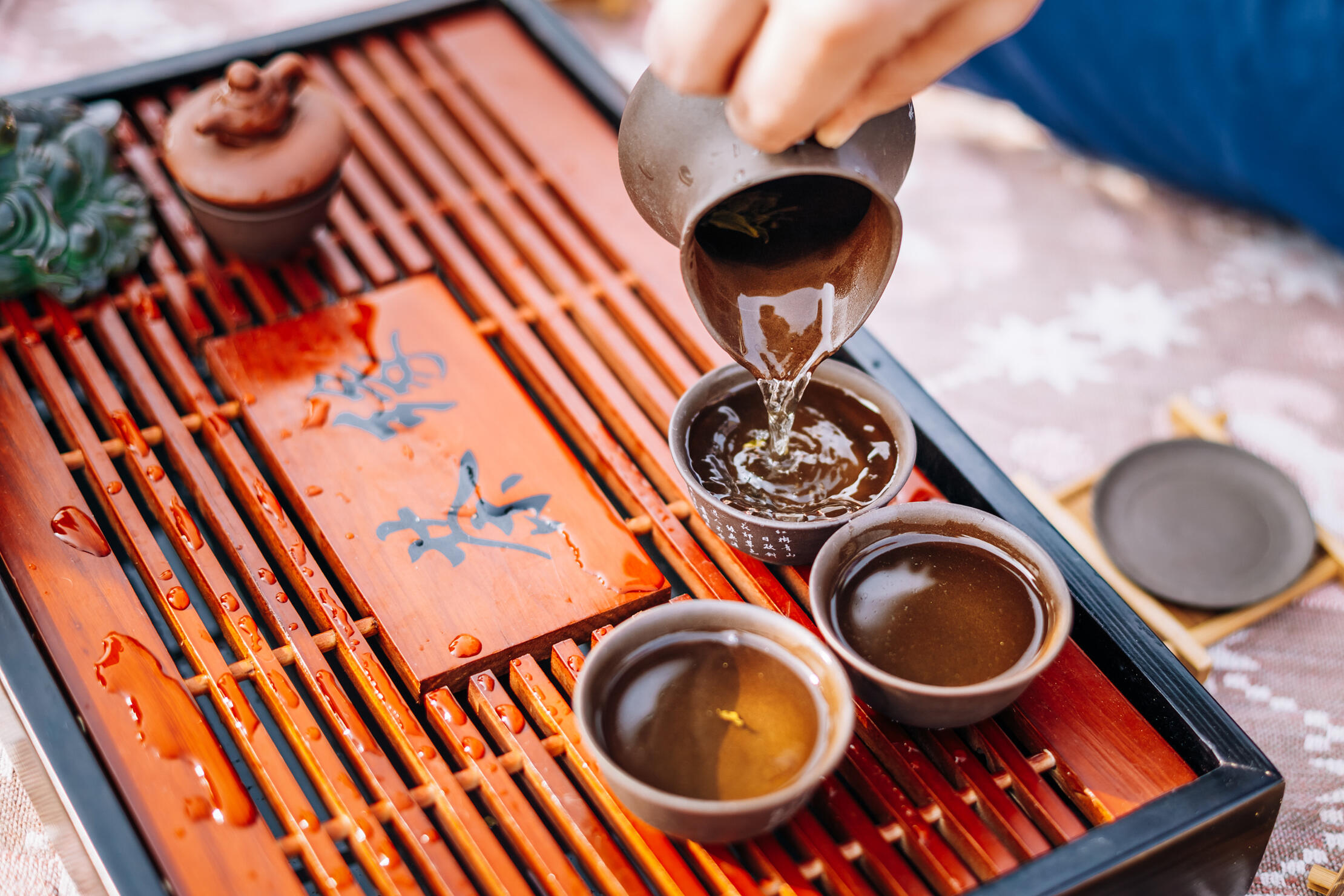
| Benefit | Details |
|---|---|
| Antioxidant Power | Neutralizes free radicals, protects cells |
| Heart Health | Lowers LDL cholesterol, improves blood vessel function |
| Immune Support | Strengthens immune system, helps fight infections |
| Anti-Inflammatory | Reduces inflammation, supports joint health |
| Digestive Aid | Promotes gut health, eases digestive discomfort |
| Mental Alertness | Moderate caffeine for focus, less jittery than coffee |
Production
How is Lapsang Souchong made?
Harvesting: mature tea leaves are picked, typically from the lower parts of the tea plant.
Withering: leaves are spread out to wither and lose moisture.
Rolling: the leaves are rolled to break cell walls and release essential oils.
Oxidation: leaves are allowed to oxidize, developing their dark color and robust flavor.
Smoking: the crucial step—leaves are dried and smoked over pinewood fires, infusing them with a smoky character.
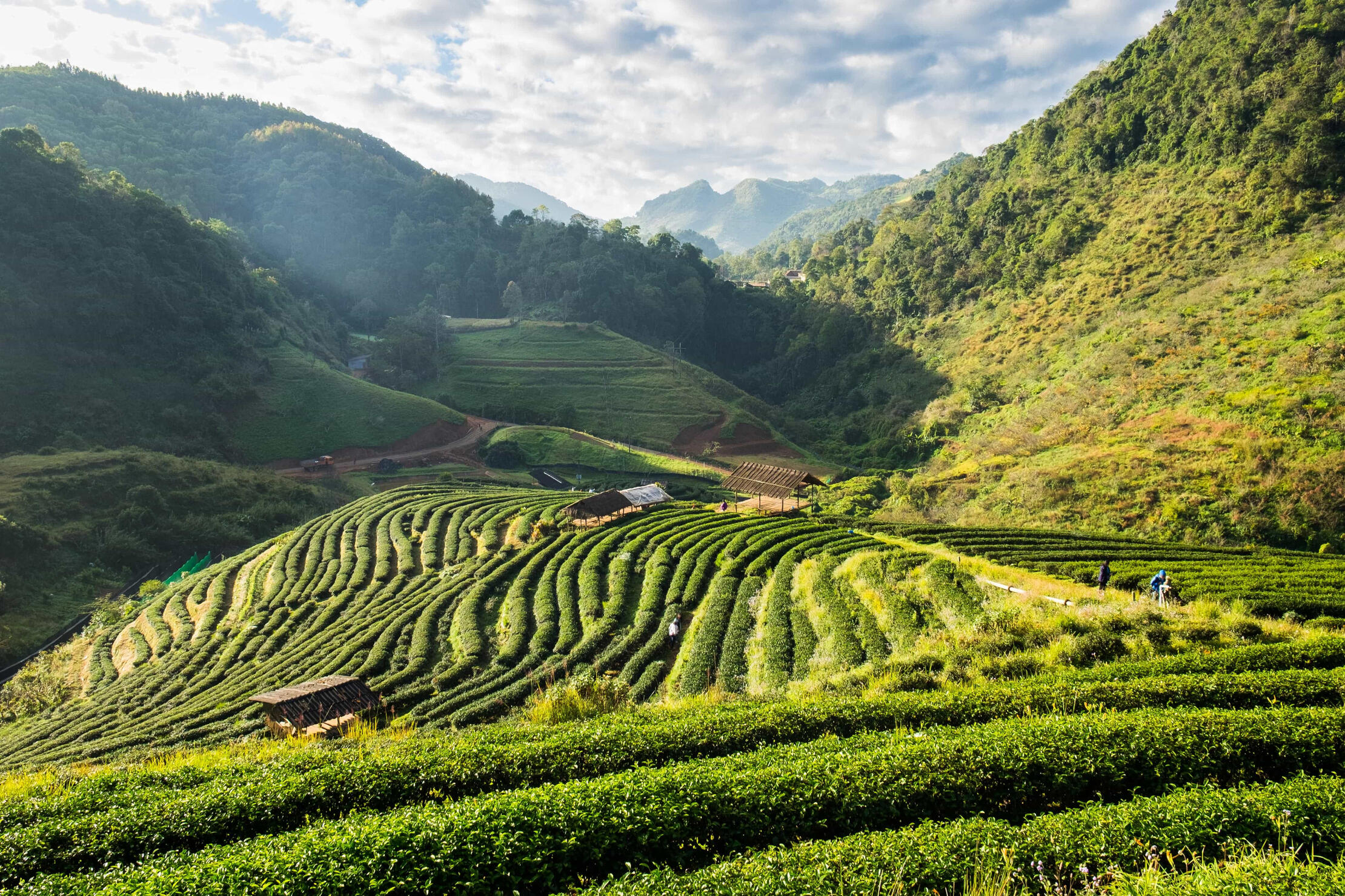
Facts
Interesting facts about Lapsang Souchong tea
Lapsang Souchong is widely recognized as the world’s first black tea, originating in the Wuyi Mountains of China, over 400 years ago.
The tea’s signature smoky aroma and taste come from drying the leaves over pinewood fires—a process unique among teas.
“Lapsang” means “smoky variety” in the Fuzhou dialect, while “Souchong” refers to the fourth and fifth leaves on the tea branch, which are larger and less delicate.
Despite its Chinese origins, Lapsang Souchong is not popular in China and is produced mainly for export to Europe and America.
Due to its pronounced smoky, campfire-like aroma, it’s often called the “barbecue of tea” and is polarizing among tea drinkers.
Lapsang Souchong was among the first Chinese teas exported to Europe, quickly becoming popular in England and other countries.
Souchong teas, including Lapsang, were among those destroyed during the Boston Tea Party in 1773.
The traditional smoking process is still practiced in Tongmu Village, often in multi-story wooden sheds where leaves are smoked over pinewood fires.
The tea is made from the Bohea variety of the Camellia sinensis plant, native to the Wuyi region.
The smoking and oxidation process gives Lapsang Souchong a longer shelf life, making it ideal for export and long voyages.
Tea-making families in Tongmu Village have passed down the traditional methods for generations, with some tracing their heritage back over 24 generations.
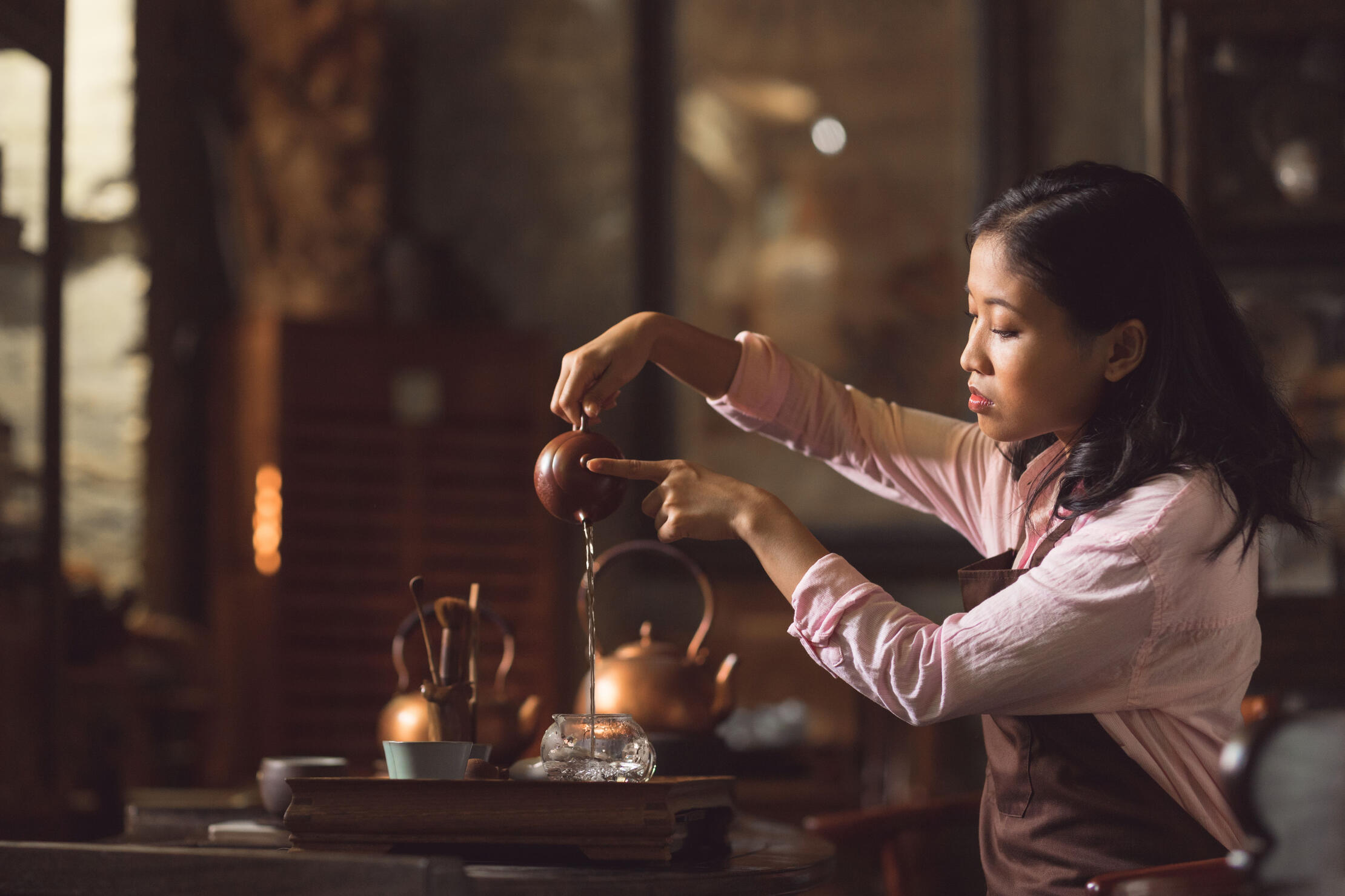
Sources
Sources
"Lapsang Souchong" on Wikipedia
"Wuyi Mountains" on Wikipedia
"Taiping Rebellion" on Britannica
"Dutch East India Company" on Wikipedia
"Boston Tea Party" on Britannica
"Story of Lapsang" on Bana Tea Company
"Lapsang Souchong" on True Tea Company
"Lapsang Souchong" on Sencha Tea Bar
"Lapsang Souchong" on Vicony Teas
Feedback
Help us improve
Happy to know you are interested in learning more about Lapsang Souchong and hope this website helped you understand this wonderful tea better. If you have any feedback on how to make this website better, don't hesitate to let us know. Thank you for your time!